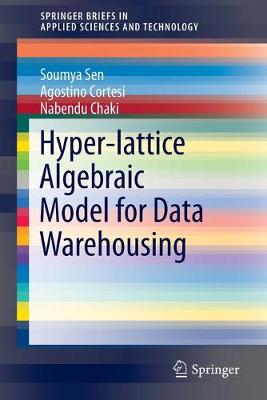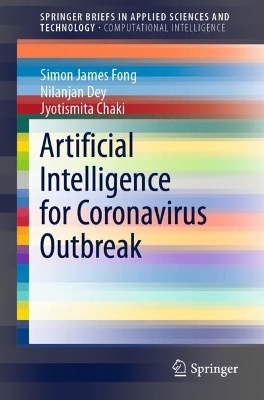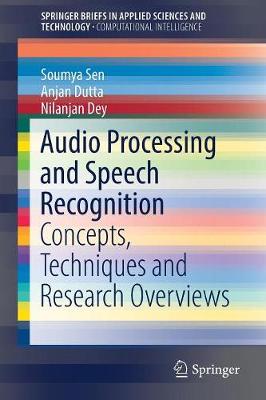SpringerBriefs in Applied Sciences and Technology
4 total works
Hyper-lattice Algebraic Model for Data Warehousing
by Soumya Sen, Agostino Cortesi, and Nabendu Chaki
Artificial Intelligence for Coronavirus Outbreak
by Simon James Fong, Nilanjan Dey, and Jyotismita Chaki
The book discusses how AI can help fight this deadly virus, from early warnings, prompt emergency responses, and critical decision-making to surveillance drones. Serving as a technical reference resource, data analytic tutorial and a chronicle of the application of AI in epidemics, this book will appeal to academics, students, data scientists, medical practitioners, and anybody who is concerned about this global epidemic.
Audio Processing and Speech Recognition
by Soumya Sen, Anjan Dutta, and Nilanjan Dey
Opinion Mining in Information Retrieval
by Surbhi Bhatia, Poonam Chaudhary, and Nilanjan Dey
This book discusses in detail the latest trends in sentiment analysis,focusing on “how online reviews and feedback reflect the opinions of users and have led to a major shift in the decision-making process at organizations.” Social networking has become essential in today’s society. In the past, people’s decisions to buy certain products (and companies’ efforts to sell them) were largely based on advertisements, surveys, focus groups, consultants, and the opinions of friends and relatives. But now this is no longer limited to one’s circle of friends, family or small surveys;it has spread globally to online social media in the form of blogs, posts, tweets, social networking sites, review sites and so on.
Though not always easy, the transition from surveys to social media is certainly lucrative. Business analytical reports have shown that many organizations have improved their sales, marketing and strategy, setting up new policies and making decisions based on opinion mining techniques.



